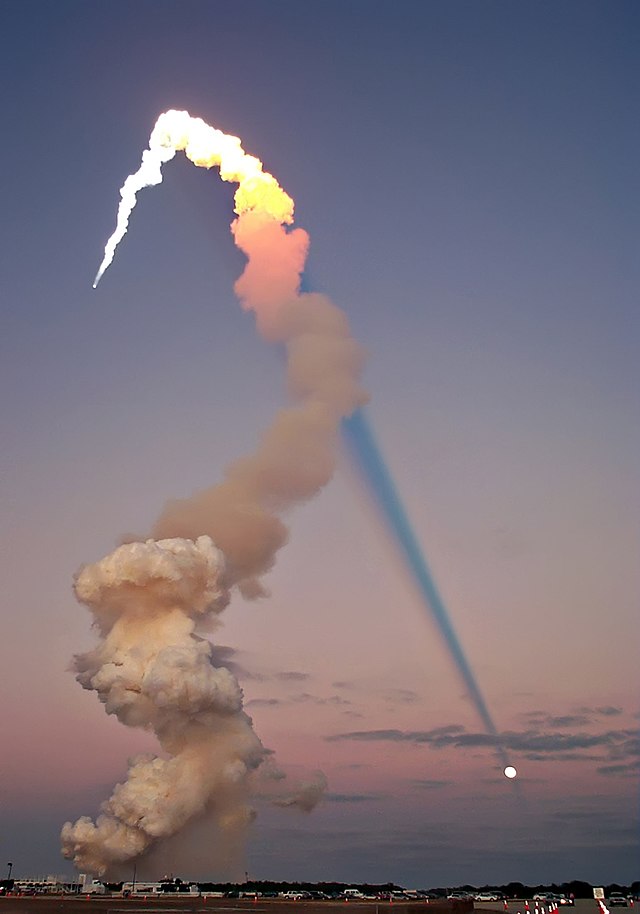Top Qs
Timeline
Chat
Perspective
STS-98
2001 American crewed spaceflight to the ISS From Wikipedia, the free encyclopedia
Remove ads
STS-98 was a 2001 Space Shuttle mission to the International Space Station (ISS) flown by Space Shuttle Atlantis. It was the first human spaceflight launch of the 21st century. STS-98 delivered to the station the Destiny Laboratory Module. All mission objectives were completed and the shuttle reentered and landed safely at Edwards Air Force Base on 20 February 2001,[1][2] after twelve days in space, six of which were spent docked to the ISS.
Remove ads
Crew
Crew seat assignments
Remove ads
Launch attempts
Mission highlights
Summarize
Perspective



The crew continued the task of building and enhancing the International Space Station by delivering the U.S. Destiny Laboratory Module. It was the first NASA lab to be permanently used since the days of Skylab nearly three decades earlier. It was manufactured by Boeing at the Michoud Assembly Facility and the Marshall Space Flight Center in 1997. Upon transport to Kennedy Space Center's industrial buildings, it was fitted with equipment, machines, racks and cables at the Operations and Checkout Building and Space Station Processing Facility. The U.S. laboratory module is 28 feet (8.5 m) long and 14 feet (4.3 m) wide. It is made from aluminum, and comprises three cylindrical sections and two end-cones that contain the hatch openings through which astronauts enter and exit the module. The ends are colored blue and white respectively for the crew to navigate easily. A 20-inch (510 mm)-diameter window is located on one side of the center module segment.
During the mission, the shuttle docked to PMA 3 located on the nadir of Node 1. The crew relocated PMA 2 to the holding area on the Z1 truss temporarily, before using the Shuttle's robotic arm to lift out the 14.5 ton steel module out of the Shuttle's payload bay, and permanently berthed it on the forward hatch of Node 1. Spacewalks conducted by Thomas Jones and Robert Curbeam reattached electrical cables to the aluminum[6] hull and connecting ports on Destiny, and also checked the laboratory's nadir window. PMA 2 was replaced to the forward hatch of Destiny.
The Shuttle spent six days docked to the station while the laboratory was attached and three spacewalks were conducted to complete its assembly. The mission also saw the 100th spacewalk in U.S. spaceflight history. STS-98 occurred while the first station crew was aboard the new space station.
Remove ads
Space walks
Remove ads
Wake-up calls
NASA began a tradition of playing music to astronauts during the Gemini program, which was first used to wake up a flight crew during Apollo 15.[7] Each track is specially chosen, often by their families, and usually has a special meaning to an individual member of the crew, or is applicable to their daily activities.[7][8]
Remove ads
Popular culture and media
STS-98 was the designation for the fictional NASA mission to destroy an asteroid in Armageddon (1998 film).[citation needed]
See also
References
External links
Wikiwand - on
Seamless Wikipedia browsing. On steroids.
Remove ads




